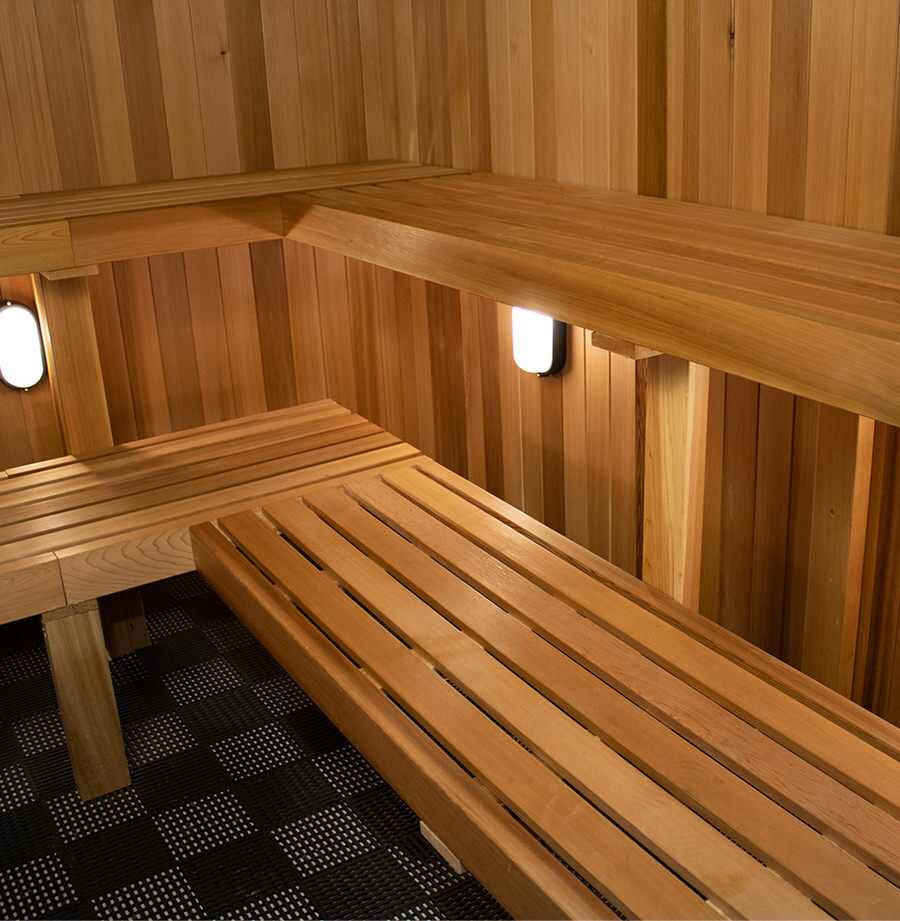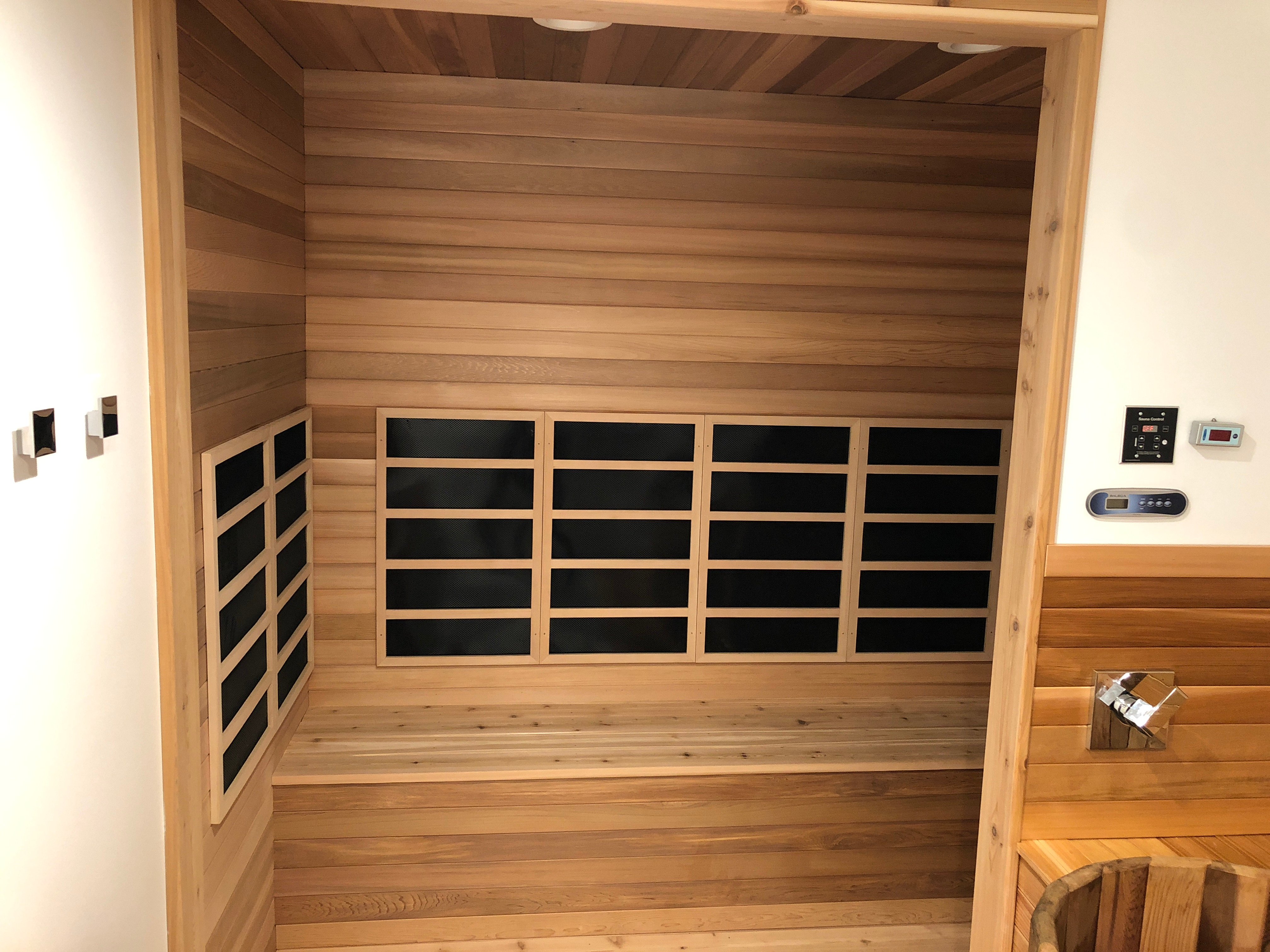Are
you dreaming of a relaxing spa-like retreat right in your home?
Building a personal sauna room can be one of the best ways to enjoy
daily relaxation, wellness, and luxury without stepping outside. Whether
you prefer the rustic charm of a traditional Finnish sauna or the sleek
comfort of a modern infrared one, thoughtful planning and design make
all the difference. Here’s how to build the perfect sauna room for home.
1. Plan the Layout – Space and Seating
Start by choosing the right location for your sauna. Homeowners often transform spare bathrooms, basements, or even build a dedicated outdoor sauna cabin. The available space will determine the size and seating capacity—typically, a 4x6-foot sauna fits 2–3 people comfortably, while larger designs can accommodate more.
For optimal comfort, consider tiered seating—higher benches capture hotter air, while lower benches stay cooler. Ensure there’s enough room for users to sit or recline comfortably. Also, plan the door placement thoughtfully to maintain privacy and convenience.
2. Choose the Right Materials
The beauty and performance of your sauna rely heavily on the materials used. Cedar, hemlock, spruce, and aspen are among the top wood choices for their pleasant aroma, natural durability, and resistance to heat and moisture.
Avoid using treated or painted wood, as it can release harmful fumes when heated. Instead, opt for natural or non-toxic finishes that protect the wood while keeping it safe.
For flooring, go with non-slip, heat-resistant materials like treated wood or tile—both easy to clean and able to handle the sauna’s humid environment.

3. Lighting for Ambience and Function
Lighting plays a key role in creating the perfect sauna atmosphere. Choose soft, warm LED lights that won’t overheat the space. For a soothing ambiance, consider indirect or dimmable lighting under benches or behind panels.
Want an extra touch of luxury? Add chromotherapy lighting—color therapy that uses light tones to enhance mood and relaxation. Blue hues promote calmness, while reds can energize your senses. Just make sure all lighting fixtures are rated for high-heat and high-moisture areas.
4. Ensure Proper Ventilation
Good ventilation is essential for both comfort and safety. Proper airflow maintains oxygen levels, balances humidity, and prevents mold growth. Typically, fresh air should enter near the heater and exit near the floor on the opposite wall.
Adjustable ventilation systems allow you to fine-tune the airflow for the perfect sauna experience every time.
5. Add Modern Features
Modern home saunas can include smart controls, built-in speakers, aromatherapy diffusers, and digital temperature regulators. If you’re tight on space, infrared saunas offer quick heating and compact design, while traditional steam saunas deliver that authentic, immersive warmth many users love.
6. Final Touches – Your Personal Wellness Sanctuary
Designing your dream sauna means blending function, comfort, and style. Focus on premium materials, smart layout, relaxing lighting, and effective ventilation to create a haven for rejuvenation.
With thoughtful planning, your sauna can become the ultimate space for daily wellness, stress relief, and renewal.
Start your journey today with Northern Lights Cedar Barrel Saunas—and turn your home into a blissful retreat that reflects your lifestyle and wellness goals.








